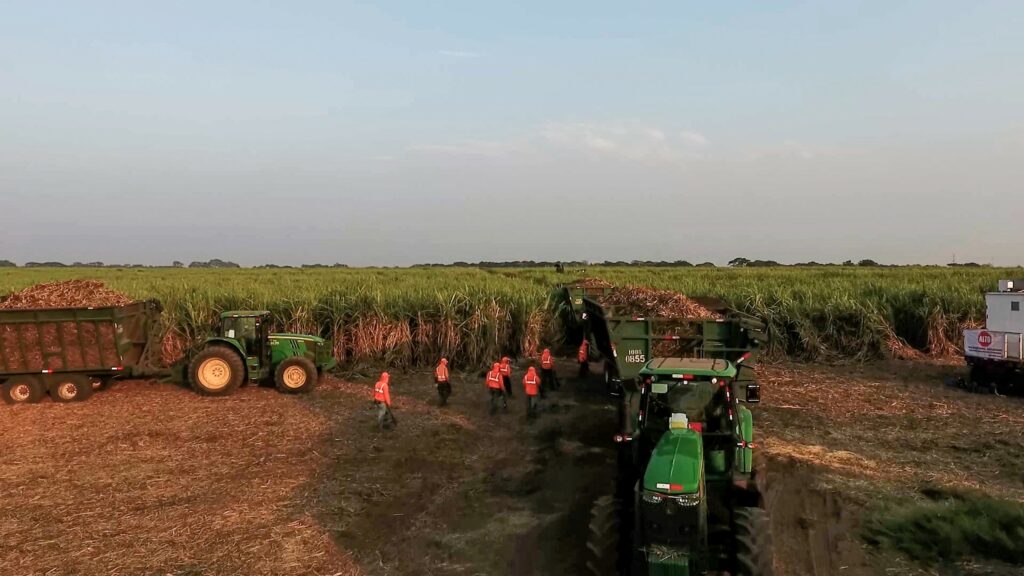By Guatecaña –
This month marks the beginning of the Zafra in Guatemala, the sugarcane harvest season for the production of sugar, alcohol, fertilizers, and renewable energy. The work of the Sugarcane Agroindustry has long been recognized for its economic impact, as sugar and its derivatives are the country’s third-largest export product and represent 6.3% of total exports. However, today the Zafra stands out especially for its sustainability.
In the environmental sphere, since 2011 the sector has planted 9.4 million trees and restored 2,295 hectares of forest across various regions of the country. With a focus on ecosystem recovery and restoration, biological corridors have been created and 55 species of native trees have been planted, helping protect biodiversity.
This is complemented by the implementation of efficient irrigation systems, which allow for responsible use of water resources. In addition, the mills participate in 13 technical water roundtables—spaces for dialogue and joint planning with authorities, communities, and producers—focused on river conservation, watershed monitoring, and the implementation of good water practices at the regional level.

Another of the most significant contributions of the Zafra is the generation of renewable energy from bagasse, a by-product of sugarcane. Thanks to this circular system, during this season the mills supply 30% of the electricity used in the country, reducing emissions associated with fossil fuels and preventing 3.7 million tons of CO₂eq from reaching the atmosphere.
Alcohol and fertilizers are also produced from residues, contributing to more efficient resource use and the improvement of agricultural soils.
Environmental progress goes hand in hand with significant social impact: during the Zafra, 52,000 direct jobs and 258,000 indirect jobs are generated, supporting more than 310,000 families. This economic activity also drives the development of suppliers—more than 6,000, the majority small businesses—and stimulates local commerce, from workshops and laboratories to restaurants, hotels, and shops.
The economic footprint of the Sugarcane Agroindustry reaches 92% of all municipalities in the country. But beyond its economic impact, the Zafra has become a platform for promoting sustainable agroindustrial practices, fostering innovation, and working toward a future that is, ultimately, the most important harvest of all.

